The pulp and paper sector is one of the largest industries in the United States, producing more than 60 million tons of paper products every year — 35% of the world’s total. Water is used for virtually every process within this industry, as are harsh chemicals, pulp (raw wood fiber), and slurries, necessitating the use of highly reliable, long-lasting pulp and paper mill valves and pumps. Due to the complex nature of these systems, companies often struggle to prevent and mitigate various issues.
Common Challenges in the Pulp and Paper Industry
Because harsh chemicals are used in this industry, corrosion is a common issue. Fortunately, this can be effectively prevented through the use of stainless steel valves, as stainless steel is naturally corrosion-resistant and able to withstand high temperatures
Steam condensate, however, presents a more complicated issue. A byproduct of water-based heating applications such as boilers, steam condensate can lead to a range of issues — most notably, water hammer — if not handled properly.
What is Water Hammer?
In an absolute best-case scenario, water hammer simply causes a loud clanking sound in a system. More commonly, however, it leads to much more than a minor annoyance; water hammer can cause serious system-wide issues and damage. At DFT® Inc., we’ve written extensively about water hammer to help companies keep their systems running smoothly and reliably.
Water hammer occurs when a shockwave is generated and transmitted through the fluid, water or otherwise, contained in a piping system. Generally, water hammer is caused when the motion of the fluid is stopped suddenly, usually due to the sudden slamming of a swing check valve, which generates a pressure wave that travels throughout the system. Though mostly short-lived, these spikes in pressure can cause a great deal of damage.
Unmanaged water hammer can lead to various issues, many of which can be quite costly to rectify. In addition to traveling into equipment such as pumps or boilers and causing damage, pressure waves can also harm pipes and valves, creating stress and cracks; in valves, this damage can ultimately lead to failure, and in pipes, it can lead to bursting. Burst pipes, in turn, can cause general property damage and incur steep cleaning costs. All of these issues significantly reduce plant productivity, directly hurting your bottom line.
Preventative measures are the best way to ensure efficient operations. The most common source of water hammer is the use of swing check valves — essentially an outdated technology. However, replacing old swing check valves with silent, spring-assisted check valves can effectively prevent and solve water hammer issues. This should be done during planned outage maintenance so as to minimize disruption and delays.
Finding the Right Silent Check Valve
If you’re considering or planning a plant outage maintenance valve retrofit, it’s critical to choose a check valve that will suit your specific application. Though not a one-size-fits-all solution, the Excalibur® Check Valve can be used in a wide range of applications.
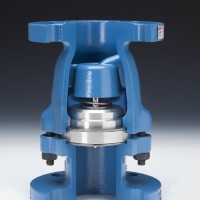 A few years ago, one of our pulp and paper clients experienced a worst-case scenario: A check valve failed during a critical point in a cycle, causing black liquor to back up through the piping, destroying the pipe and control valves. Our team was able to install Excalibur® valves with severe service trim to prevent future issues, and the client’s system service life is now up to five years.
A few years ago, one of our pulp and paper clients experienced a worst-case scenario: A check valve failed during a critical point in a cycle, causing black liquor to back up through the piping, destroying the pipe and control valves. Our team was able to install Excalibur® valves with severe service trim to prevent future issues, and the client’s system service life is now up to five years.
These spring-assisted, in-line check valves are center guided and require minimal maintenance. Excalibur® valves can maintain optimal functions in a variety of fluid, pressure, and temperature conditions, including the challenging steam condensate applications found throughout the pulp and paper industry.
Download this Free eBook which outlines the causes and most effective solutions for Water Hammer in fluid flow systems and industrial applications.
DFT Inc’s engineers have been working with professionals in a range of industries for decades, helping to identify and resolve the underlying causes of water hammer.
In this eBook you will learn about many of these common causes, how they impact your system and some of the basic changes you can make to eliminate them.
In this eBook you will learn:
- What causes water hammer and why it is such a persistent problem.
- The role design plays in reducing the risk water hammer poses to your system.
- DFT’s professional recommendations for coping with water hammer.

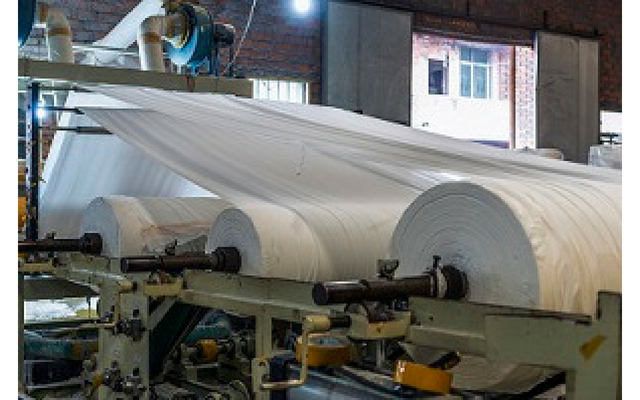
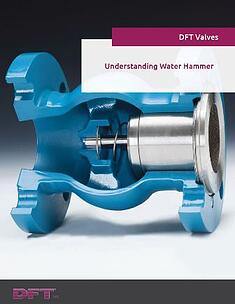
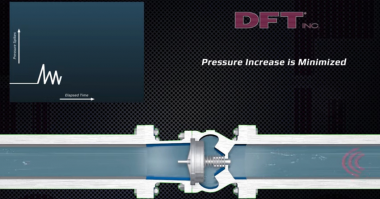
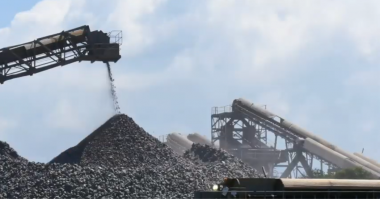
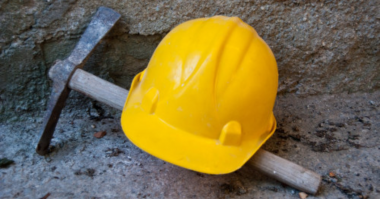
Comments